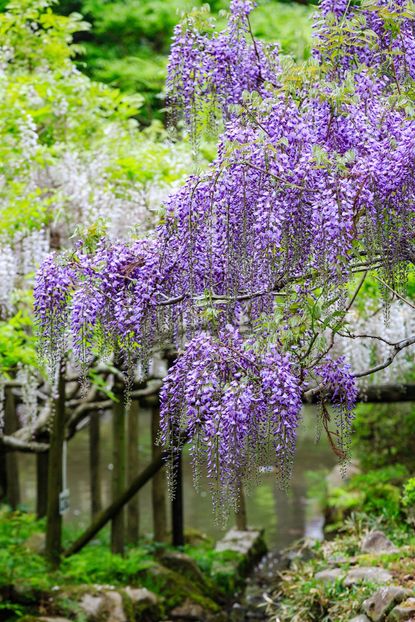Gardening Pros and Cons
Your ultimate guide to Gardening Pros and Cons: Everything you need to know with expert info for beginners and advanced gardeners alike.
Gardening Pros and Cons
-
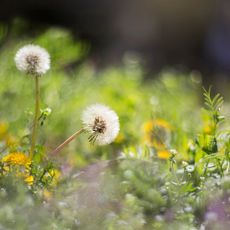
Pros And Cons Of Growing Weeds In The Garden
By Nikki Tilley
-
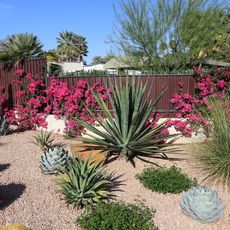
Xeriscape Gardens: Pros And Cons Of Xeriscaping
Xeriscaping means constructing a yard that uses less water, but doesn’t necessarily mean it’s a good thing. We’ll weigh the pros and cons here.
By Mary H. Dyer
-
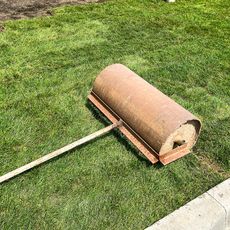
Pros And Cons Of Lawn Rolling - Is Lawn Rolling Good Or Bad
As with most things there are both pros and cons of lawn rolling. Find out about lawn rolling benefits and detriments I've learned here.
By Amy Grant
-
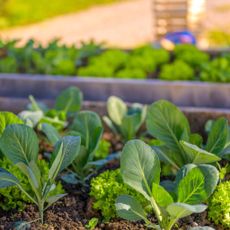
Raised Beds Vs. Sunken Beds: Differences Between Raised And Sunken Beds
Deciding between raised beds vs. sunken beds really depends on your soil condition and region – and perhaps your personal preference too. Learn more here.
By Bonnie Grant
-

Gardening In Containers - Double Potting Pros And Cons
The benefits of double potting are numerous but problems may exist too. Click here to learn more about double potting advantages and disadvantages.
By Nikki Tilley
-
Vegetable Gardening: Bush Vs. Vining Plant Types
Do the benefits of bush plants mean you shouldn’t bother with their vine-like counterparts? Explore the reasons for planting each here.
By Mary Ellen Ellis
-
Pros And Cons To Fruit Tree Growing At Home
Do the benefits of growing fruit trees outweigh the detriments? We’re going to make that decision easier for you in this article.
By Amy Grant
-
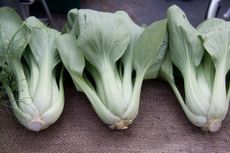
Cooling Vs. Warming Herbs - Learn About Herbs That Warm And Cool
What are cooling herbs and how are they different from warming herbs? See how two types of herbs influence the balance of Yin and Yang here.
By Bonnie Grant
-
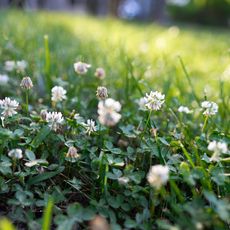
Pros And Cons Of Clover Planting - Reasons To Plant Clover Vs. Reasons Not To
By Mary H. Dyer
-
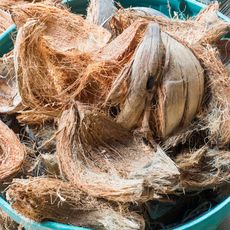
Coconut Coir Pros And Cons - Benefits And Drawbacks Of Planting In Coir
By Bonnie Grant
-
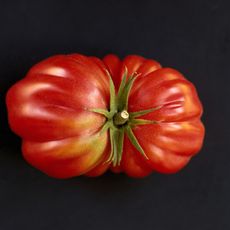
Growing Heirloom Plants - Upsides And Downsides To Heirloom Planting
By Amy Grant
-

Morning Glory Pros And Cons: Are Morning Glories Weeds Or Beautiful Flowers
By Mary Ellen Ellis
-
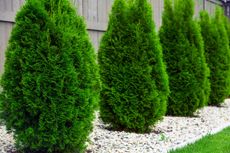
Arborvitae Pros And Cons - Disadvantages And Benefits Of Arborvitae Trees
By Teo Spengler
-
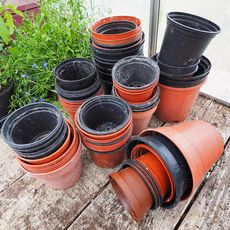
Clay Pots vs. Plastic Pots - Should You Use Clay Pots Or Plastic Pots
By Bonnie Grant
-
Pros And Cons Of Planting English Ivy In The Landscape
By Mary H. Dyer
-
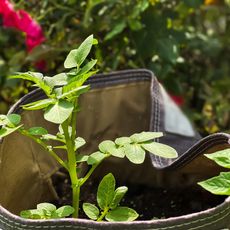
Pros And Cons Of Using Grow Bags For Gardening
By Shelley Pierce
-
Maple Tree Planting Pros And Cons
By Teo Spengler
